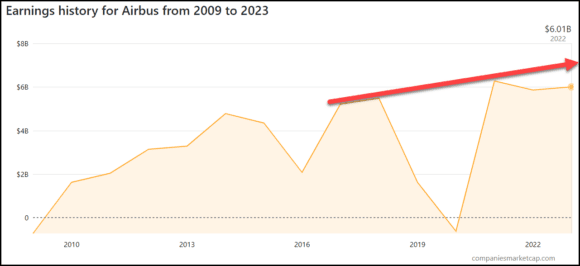[UPDATED]
One of the primary reasons the Russia state decided to merge its various aerospace companies was to ensure they did not spread national resources too thin. After the fall of the Soviet Union, money became real and budgets became serious. UAC became a joint stock company in 2006 with the state owning just over 80%. UAC is now the owner of legendary names like Ilyushin, Irkut, Sukhoi, Tupolev, and Yakovlev. In fact, UAC now also owns Voronezh Aircraft Production Association, Beriev, Irkut, Mikoyan, Aviastar-SP, KNAAPO and TAPO. This combine effectively covers the entire range of aerospace.
A report from Russia explains what has happened with the UAC budget. The budget cut is only part of the problem – The state expects that the industry (essentially UAC) will produce 457 fixed-wing aircraft including 296 commercial airliners plus 154 military, cargo, and specialized aircraft, and seven GA aircraft. Under the old budget, UAC was expected to deliver 298 civilian and military airframes through 2025. This will be very difficult to achieve. But, of course, there’s more. The share of Russian-made aircraft in the country’s major airlines is also targeted – the state wants this figure to reach 27.2% by 2025. But as the following chart shows, that will be tough.
The smaller satellite countries of the CIS are more dependent on Russia and their airline fleets reflect this. So the big nut to crack will be Russia itself, where 32% of the fleet is from Western OEMs. As the next table illustrates, Russia has some very old aircraft. The aircraft listed account for 83% of the listed active fleet. The only Russian aircraft under 20 years old are the SSJs and IL-96s.
If we look at the Russian fleet of Russian-made active airline passenger aircraft, we can see why the Russian state feels they can set the higher target for Russian-made aircraft. We can also see why the Russian and Chinese are interested in developing the C929 for the larger seat capacity segment.
If we consider the active Russian airline passenger fleet of Western aircraft we see the following. At the top end, Russia does not have an option to replace Western aircraft. There is another gap between what the SSJ and MC-21 offer. Does the SSJ get a stretch to close the gap? We would expect so. Then in the turboprop arena, there is also a gap. Formerly this could have been handily done by deploying Antonov aircraft, but those days are gone. UAC contacted us to point out that they have a turboprop solution with the IL-114-300, which seats up to 60 passengers.
If Russia can use the SSJ, MC-21, and C929 as shown, they would be able to reduce the Western sourced aircraft in the Russian fleet to 23%. This fits comfortably inside the goal set by the latest state plan. However to meet this plan UAC will probably need more, not less capital. A stretched SSJ will require R&D funding. The MC-21 becomes a crucial part of the replacement of Western aircraft but it also means the full MC-21 family needs to be deployed. This will require funding for development. Then there is the C929 where R&D is shared with China. Even with a partner, Russia will need to provide UAC with its share of this cost.
Can the Russian state do anything else to support UAC’s ability to reach its targets? Yes – Russian needs to set about replacing very old Russian-made aircraft with products from UAC immediately. What else could support this effort? The state can lean on its banking and finance sectors to provide UAC with competitive leasing options for export customers. These financial sources could own the aircraft and lease them to customers outside Russia. With UAC’s ruble costs covered in local currency, UAC does not have to bear the financial risk. The finance sector can manage this risk and effectively profit from financing the exports.
But to get all these parts of the aerospace sector functioning in concert requires the state make the first step. And step #1 is not to cut the financing without offering a quid pro quo. After all, few sectors of the Russian economy are better placed to reach the manufacturing export goal of 40%. Supporting UAC helps it to achieve the goals set.







